Over the past ten years of living and travelling abroad I met a lot of people from all over the world and everytime I would introduce myself as someone from Uzbekistan, I’d hear the funniest reactions – almost everyone from almost everywhere didn’t know where – or what – Uzbekistan was – what was this long cumbersome word that few people could pronounce… Many times I had to swear it is indeed a real country ;) And many times people would actually be interested to know more – “so what is it like, U-Z-B-E-K-I-S-T-A-N?”
Inspired by this, I have long wanted to create a simple doodle to introduce and share all the beautiful little things about my home. Honestly there are too many things that I find interesting and worth sharing, but I can’t wait until i finish it all and it’s perfect, so let me share it just the way it is now: raw, imperfect and not yet complete. There will be more additions in the future and I am happy to tell you more about this hidden gem of Central Asia :) But really, you should just visit it one day!
More info: Instagram
Telling people that I am from Uzbekistan has been a great conversation starter! ;)
Meet al-fergani, the unibrow girl. Through a series of simple doodles, this little girl will take you on an adventure, and share what she thinks are the most beautiful things about our homeland.
In Uzbekistan, when we greet people we put our right hand over our heart and say “Assalomu Alaykum”? It literally means “peace be upon you”. And we mean it wholeheartedly.
Let’s start?
The legend of Uzbekistan tells that in the beginning of the time when God was dividing land to the people, the Uzbek modestly stood on the side and smilingly let everybody pass first. As he was the last in the line he came up to God to receive his piece of land and God exclaimed “Oh my child, I see you are indeed generous by heart! But what to do, I have no more land left! Well, I guess I’ll have to give you a piece of heaven”
This “piece of heaven” lies in the very middle of the biggest continent, tucked in between Black Sand deserts and Heavenly mountains. The land of a thousand legends, with millenia of history and at the heart of the mystical Silk Road, Uzbekistan is a land of extraordinary natural and architectural beauty. Here, we have preserved three jewels of the Silk Road – Samarkand, Bukhara and Khiva – if you haven’t heard of Uzbekistan, maybe you have heard at least one of these names.
A true fairytale of the Orient, they say it is the legendary city of Samarkand where Scheherazade told her 1001 tales, and where Aladdin found his magic lamp; it is Bukhara that was home to the quick-witted sufi dervish Nasreddin Afandi; and it is in the jewel-box city of Khiva, where a local ninth-century mathematician named Al-Khorezmi invented both algebra and another mathematical concept named after him that in Europe became commonly known as “algorithmi”…
These picturesque ancient cities and exquisitely patterned mosaics are the cherished heritage of Central Asian Medieval Renaissance. The blue-tiled domes of fairy-tale-like buildings is an image close to heart of every Uzbek, and a reminder of the beautiful blue skies that unites us all together.
If you are lucky to ever visit Central Asia, it is the green lush meadows, white cotton-like clouds and blue peaceful skies of Uzbekistan’s modestly pure nature that will linger in your memory long time after you leave. You probably would not have guessed that it is these beautiful landscapes that symbolically make up the country’s flag palitre.
But still it is the people that make this place a heaven on Earth. The extraordinary hospitality of Uzbeks is what truly wins one’s heart. We love inviting new friends to our hearts and our homes, and we make sure one doesn’t leave without a proper taste of “dastarkhan” – the Central Asian dining ritual of enjoying abundant culinary pleasures in the company of friends and family. Dastarkhan is not dastarkhan without green tea, “plov”, “non”, fresh seasonal fruits and savoury sweets.
Did you know that tea plays a very important role in our culture, and is the embodiment of Uzbek hospitality? Almost everyone you meet will invite you “to have tea” in their home, and you really should never say no. It is so much more than tea: Uzbek “tea” is spiced with friendship, served with warm smiles, and packed with good memories.
When in Uzbekistan, don’t miss trying “non” – a divine miracle of crisp odorous flesh of yeast with crumbs of flavourful sesame. It is baked in special clay ovens – tandir -, which is integral to making it. Since ancient times, Uzbek bread was cooked in a round shape, which had a hidden meaning. The circular disk symbolized the sun, because without bread, as well as without the sun, there is no life on the earth.
Uzbekistan is a unique country that is farthest away from any ocean. Labeled “double-land-locked” by geography books, it is indeed at least two countries away from any sea in all four directions. This distinct climate condition makes for extreme temperature fluctuations throughout the year, and even over a day. It is due to this temperature difference that makes our fruits incredibly sweet and delicious. It is here that you will try melons with a taste and fragrance that you will never be able to forget…
Did you know, by the way, that the blood of an Uzbek person consists of 95% watermelon juice? ;)
Did you know that “do’ppi” – the traditional Uzbek headdress is one of the symbols of Uzbekistan and an important part of our artistic heritage?
Hand-embroidered do’ppi is not only a beautiful ornament, but also is a powerful amulet that protects its wearer and brings luck. And not only! It’s the source of important information: one could judge about the owner’s social status, age and hometown by the form, patterns and colors of the headdress :)
In 2008 Oscar de la Renta used special Uzbek fabrics for their collection, which was then a big hit. The unusual patterns made it a global trend in fashion and interior design. Almost 10 years later UNESCO just recognized the unique art of Uzbek silk weaving as a global intangible heritage (about time!).
What makes it special is that the threads are dyed first with natural ingredients, and after interesting and complex netting, are weaved into enchanting patterns by hand. This creates a very unique and distinctive colorful shapes on the fabric – “atlas” (or internationally known as “ikat”), the mythical heritage of Fergana valley – my hometown.
The legend of khan-atlas says: “In ancient times, one of the rulers of Margilan decided to marry for the fifth time. His choice fell on the young daughter of a poor weaver. The girl’s father pleaded the old khan to forget his daughter, but the khan replied that he only would change his mind, if the next morning the weaver created something extraordinary enough to make the Khan forget about the beauty of the girl.
The sad weaver sat on the bank of a lake in despair. And suddenly he saw the reflection of clouds and rainbow, the lush meadows and colorful flowers in the lake water. And then the light breeze rippled the water surface fusing the colors into a mesmerizing pattern. “Oh, heavens!” – he exclaimed and ran home to get to work immediately.
The next morning he presented an unusual cloth to the Khan: light and airy as a cloud, cool like a pure mountain air and as iridescent as a rainbow. The Khan was shocked with its enchanting beauty, “How did you do that?” – He asked the weaver. And the weaver said: “I took green rain-washed leaves, added colors of tulip petals, the blush of dawn, blue night sky, patches of sunlight on the water and bright eyes of my beloved daughter and mixed everything up.”
The unusual fabric was called Khan-Atlas (“Khan’s silk”), and the khan married the weaver’s daughter to his beloved son.
So khan-atlas became one of the symbols of not only of Margilan, but whole Uzbekistan. The natural landscapes of Uzbekistan, the bright character of Uzbek people and our national artistic taste are weaved in the pattern of this fabric.
On March 21st each year I miss home the most –
today we celebrate “Uzbek New Year” – the people’s most cherished and warmest holiday – “Navruz”. Celebrated in Uzbekistan and many other Central Asian countries, this holiday takes its roots in Zoroastrian tradition, and it is celebrated on the night of the vernal equinox, to mark the time after which day will be longer than nights, and light will symbolically win over darkness.
Navruz means literally “New Day” and celebrates the coming of spring, reawakening of nature and new beginnings. Happy Navruz, everyone!
Happy New Beautiful Beginnings :)
810views
Share on Facebook
 Dark Mode
Dark Mode 

 No fees, cancel anytime
No fees, cancel anytime 






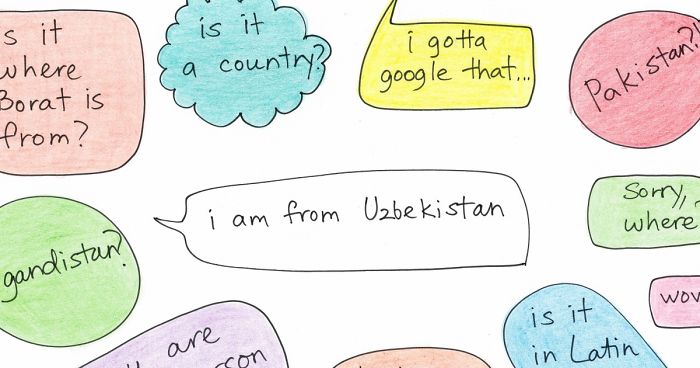
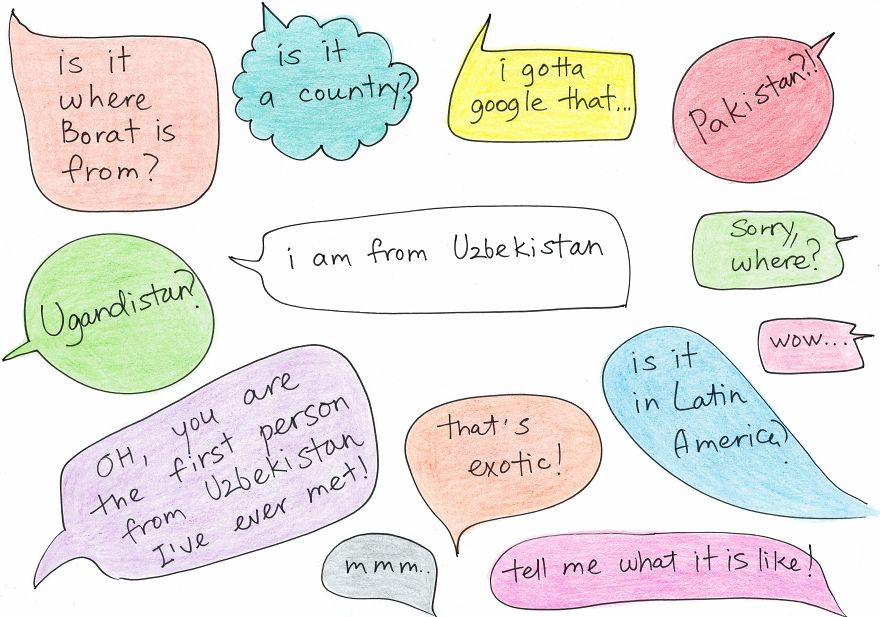
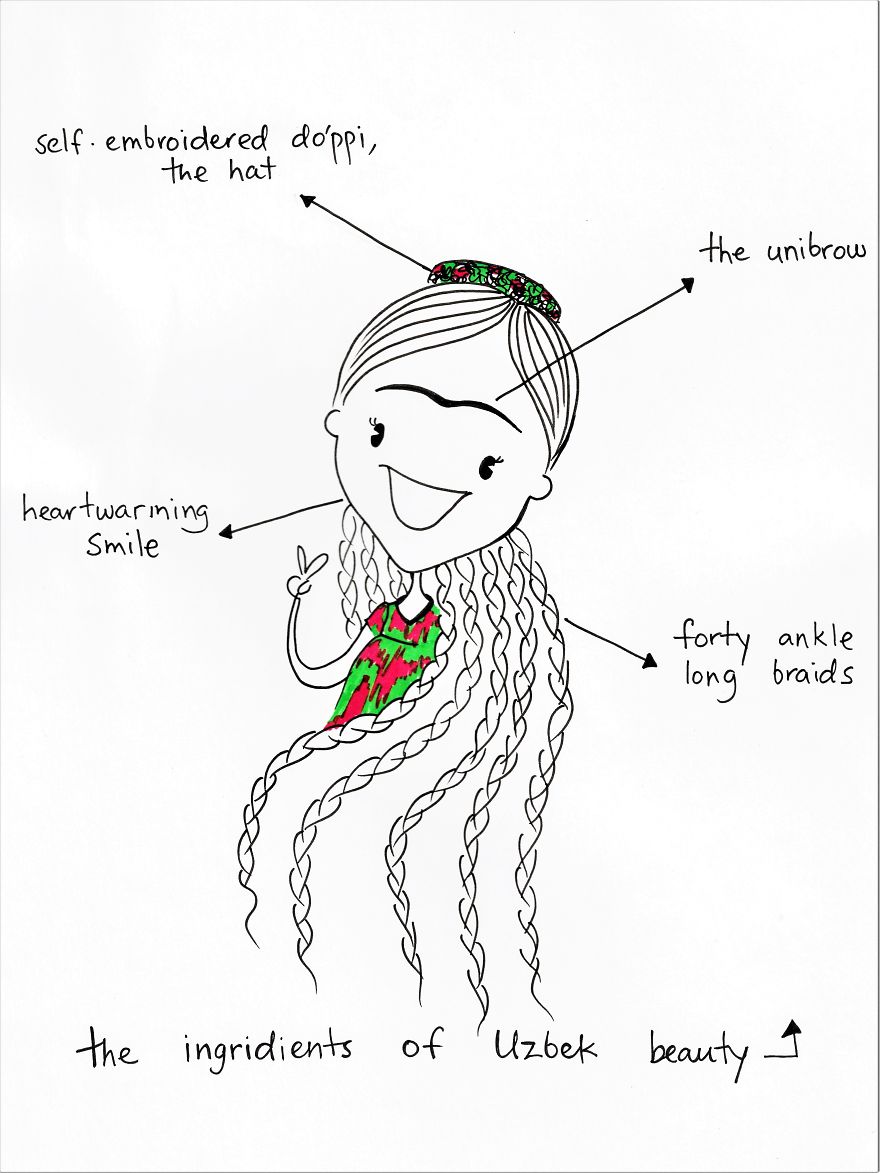
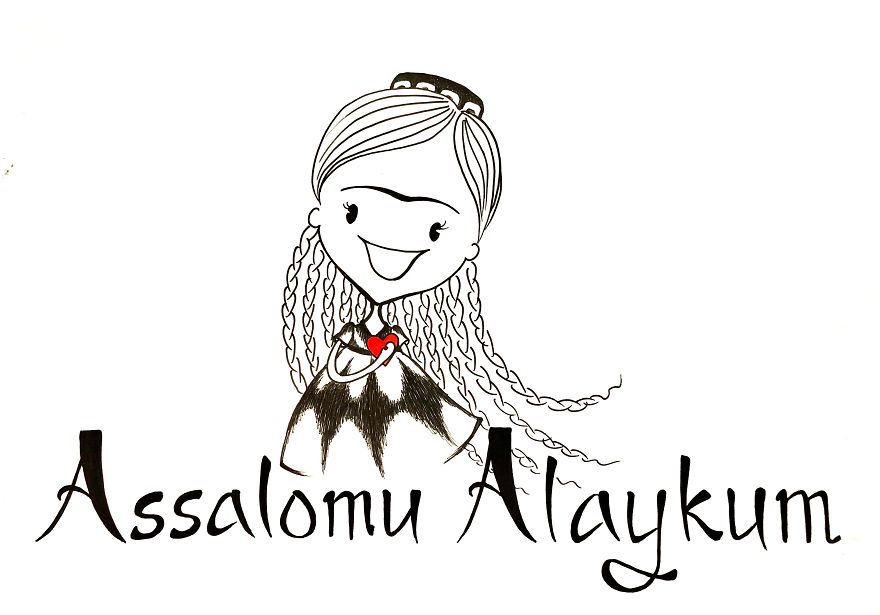
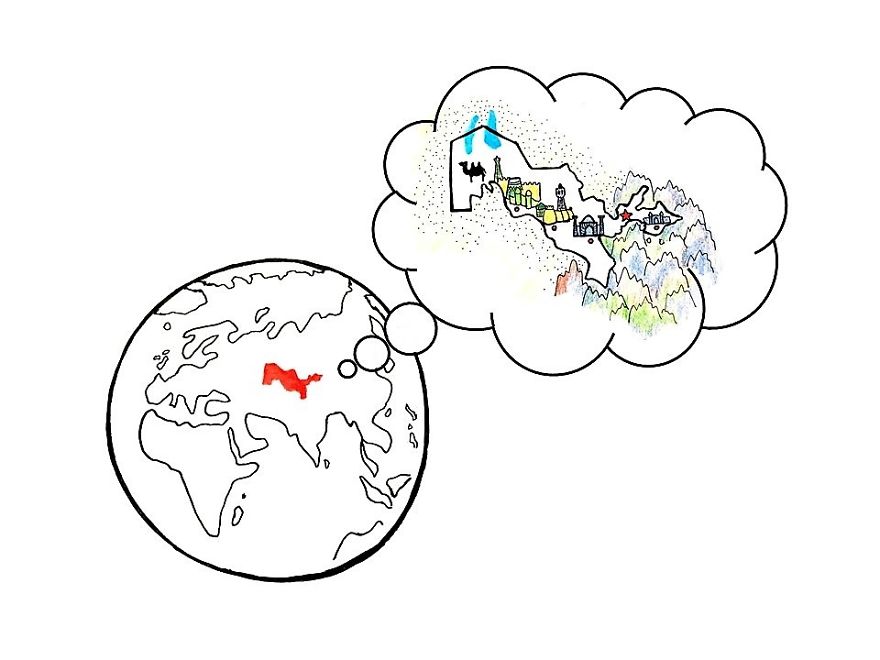
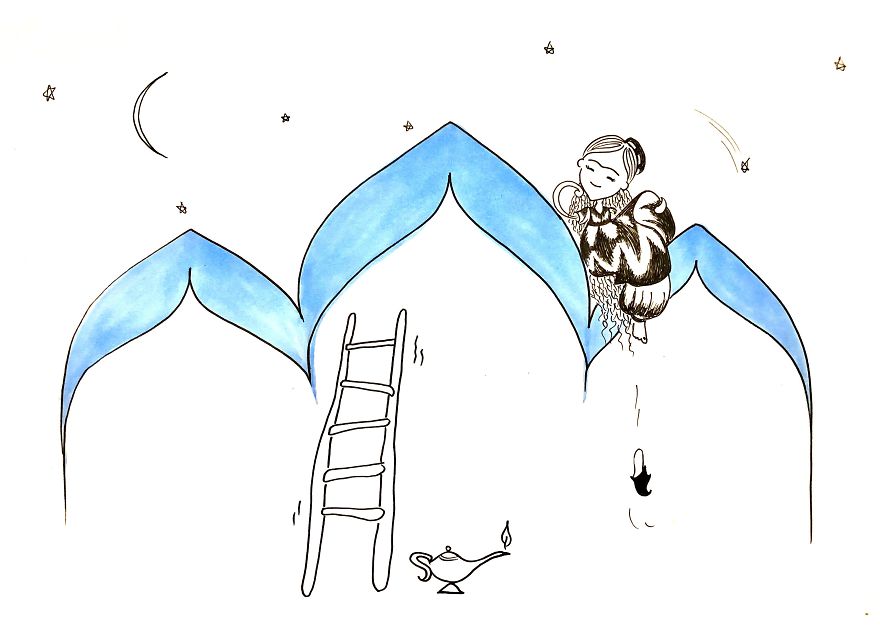
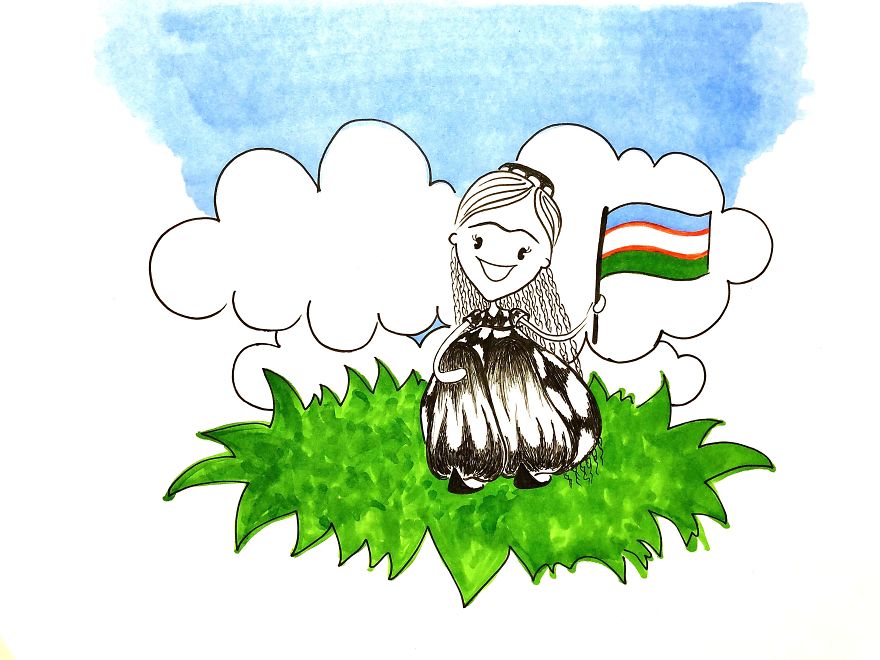
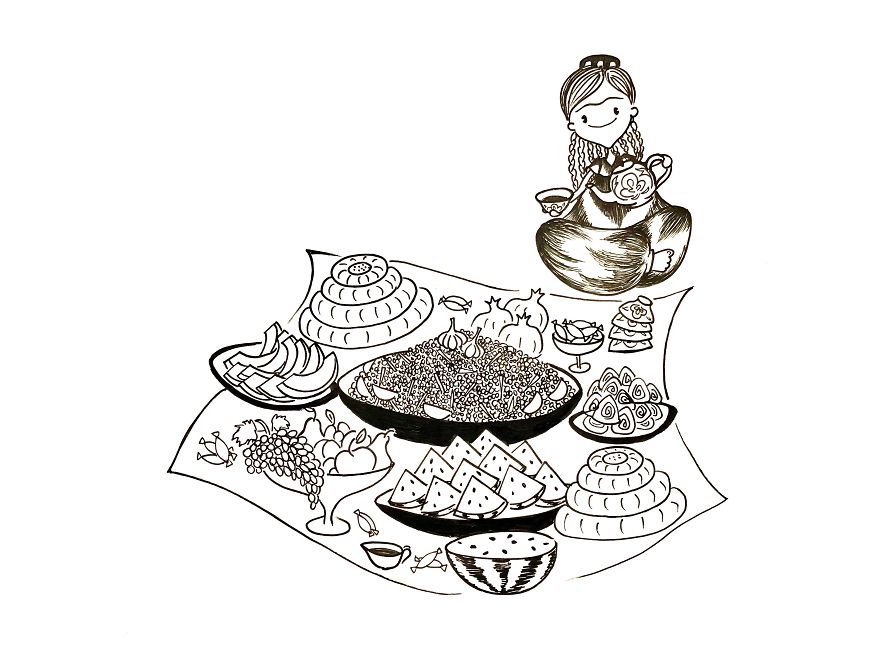
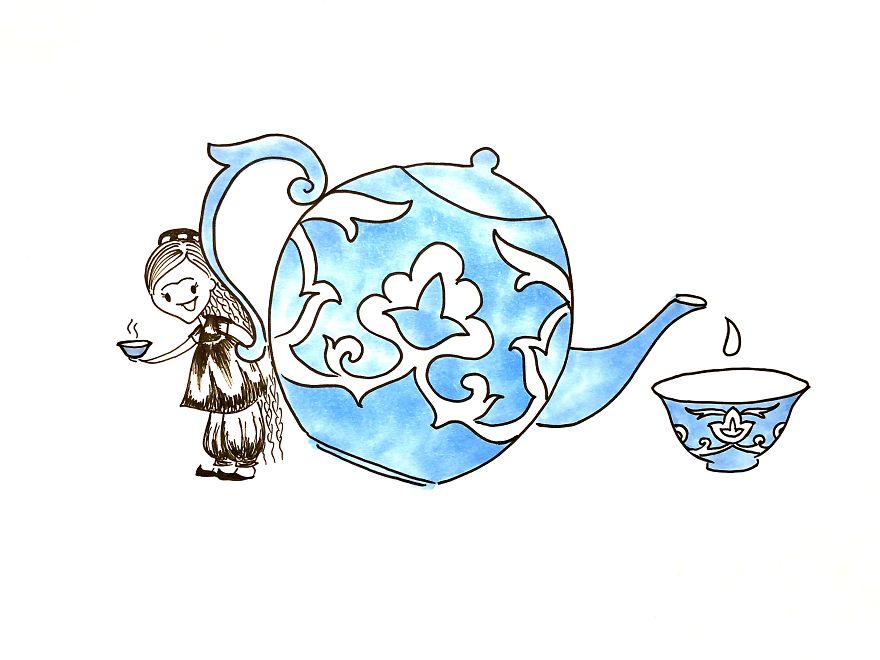
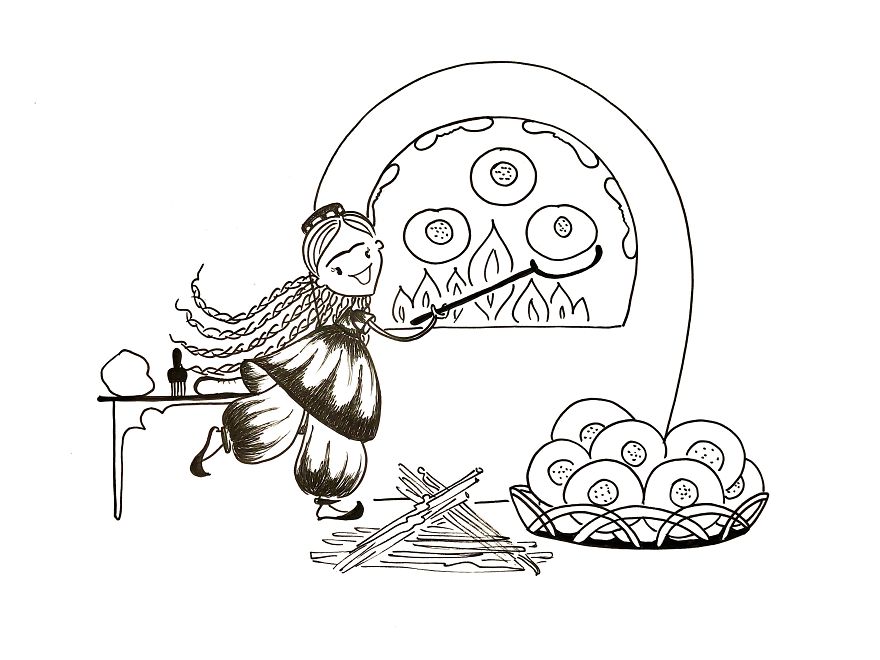
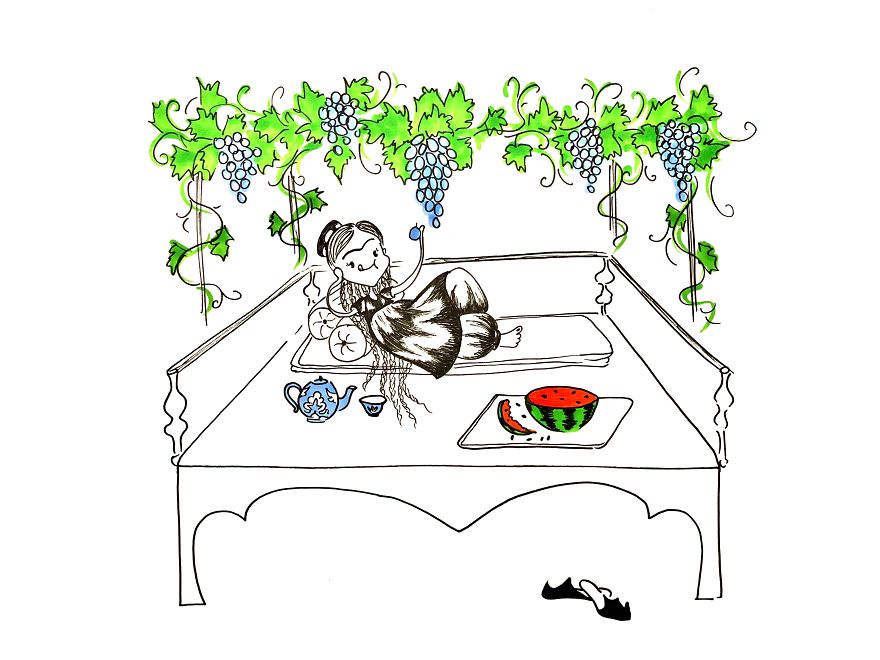
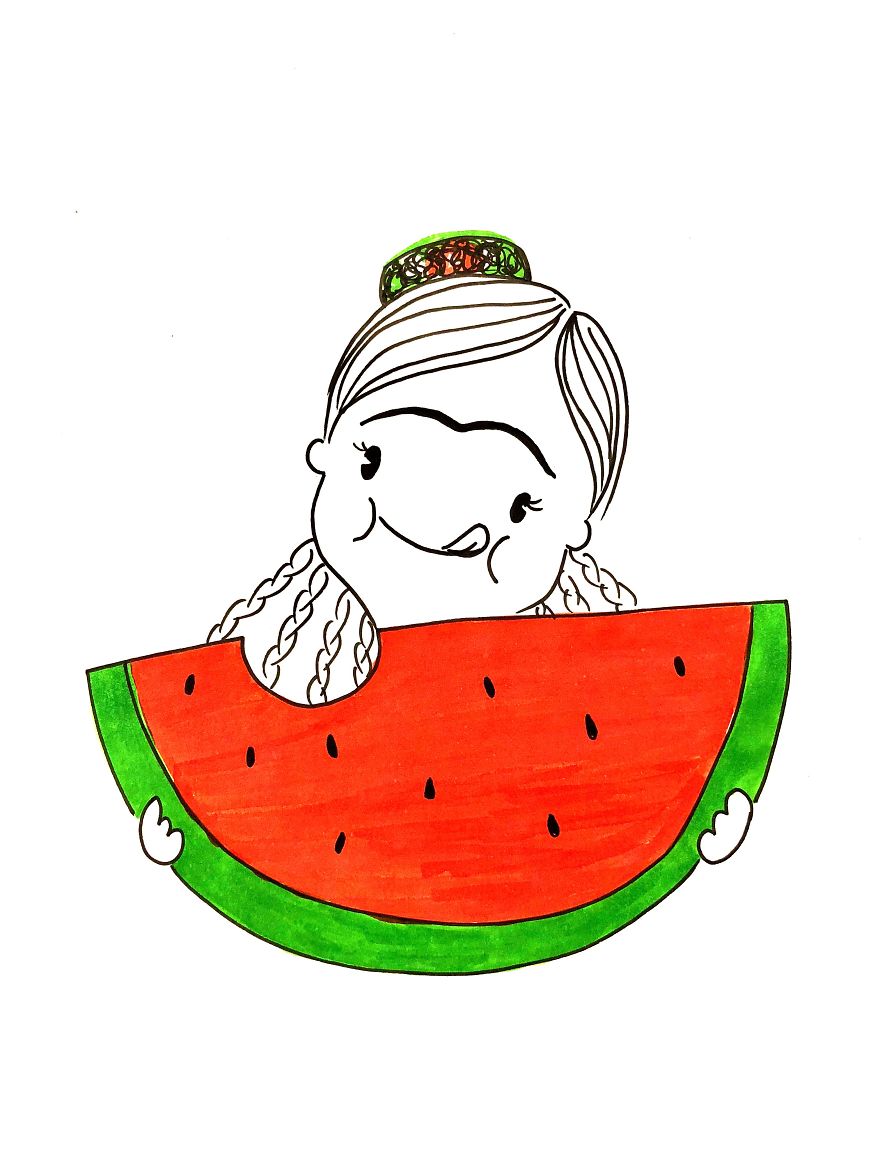
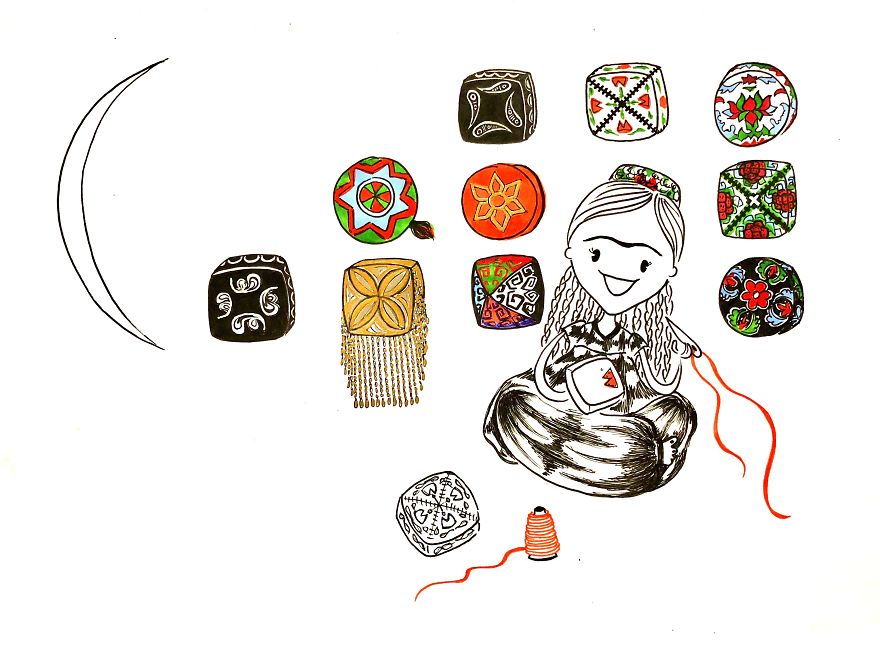
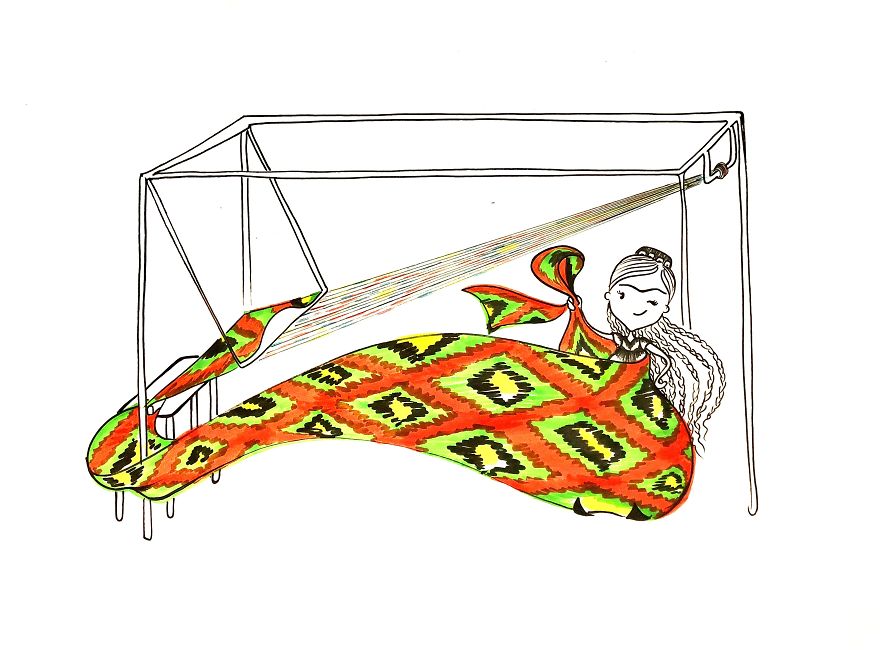
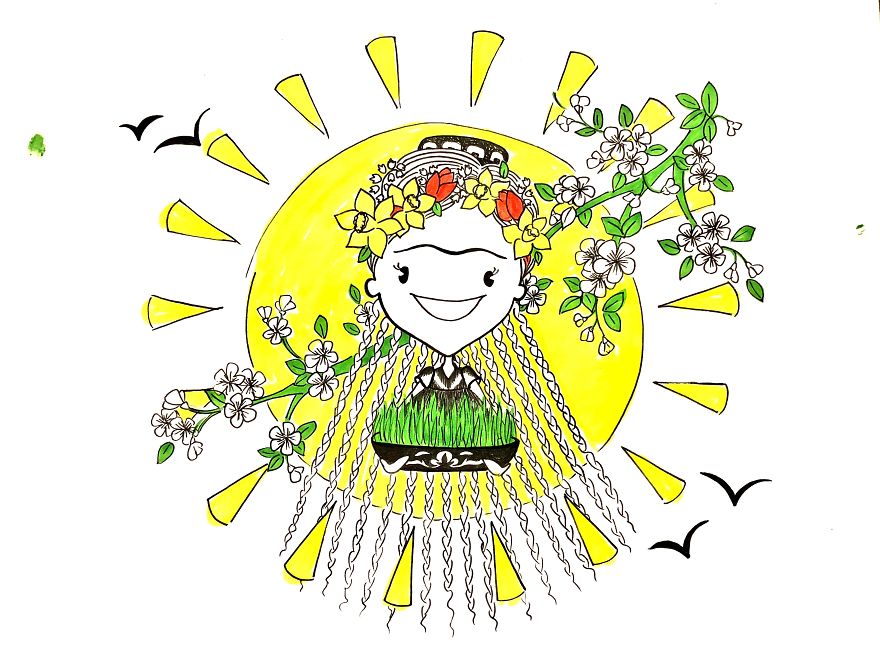
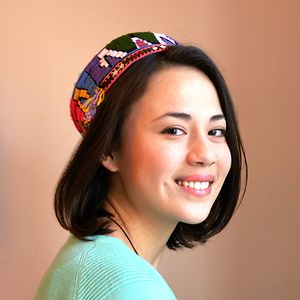









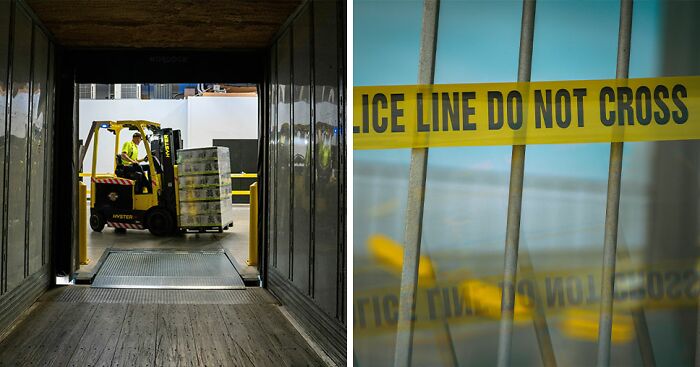

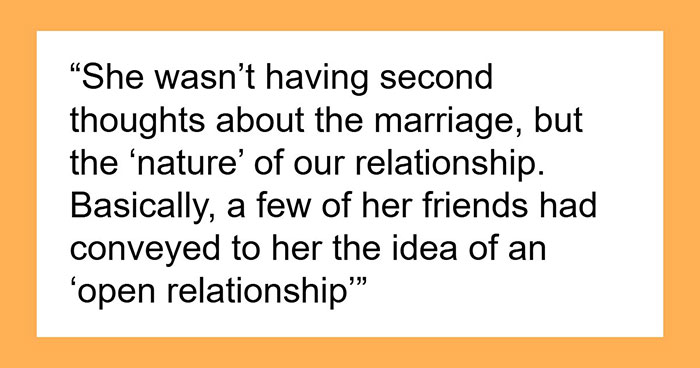






























23
1